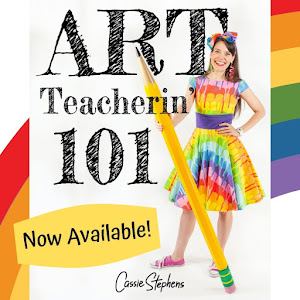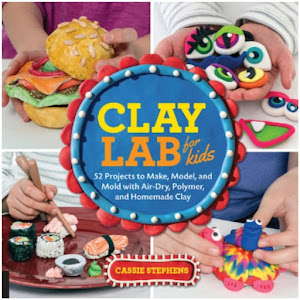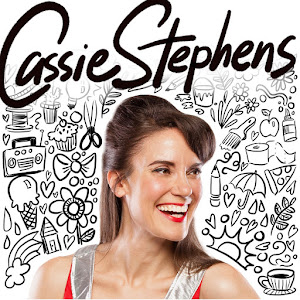So I've been kinda obsessed with having the kids work in chalk since we created those chalked ceiling tiles last month. And the kids have really enjoyed working with it as well. There's just something about using an art supply that involves smearing and getting up-to-our-elbows messy that's just irresistible.
Since these guys didn't have a chance to make ceiling tiles, I thought I'd let 'em work on a desert landscape. It tied in nicely with our theme of Mexico and allowed me to introduce a super fab contemporary female artist, Sushe Felix.
When I first spotted Sushe's work, I was totes smitten. And I totes thought she was working in chalk! That is until I saw this photo...
Like, fur realz?! All those amazingly even gradations are PAINTED?! Are you kitten me? I am in love with her work, you can view more of it (and her hubby's, his work is pretty groovy as well) here.
Right? Totes smitten. If you have a chance, check out her paintings of animals, they are so cute. The girls let out a collective "awwwww!" when I shared a baby owl painting with them.
For this project, we used the KOSS brand chalk that had worked so well for our ceiling tiles. We also used 9" X 12" sheets of paper.
I told the kids that their first step was to create their background. They could use any light color they wanted for their sky and any coupla colors they thought might look good for a desert floor.
We blended with our fingers because it's super fun. I did tell 'em to use separate fingers for different color blending so as not to muddy their vibrant colors.
Next the kids cut out big cloud shapes.
And colored them with darker colors of chalk in the same fam as the color of our sky. Again, this was to prevent muddy looking colors.
Using one hand to hold the paper super still, we used our other hand to smear the chalk upward.
The key is not to let the paper move so that your cloud stencil can create a crisp line.
Like-a dis.
Then we flipped the cloud paper over and repeated the process on the other side of our masterpiece.
Next up: creating the mountains! Cut a zig-zag mountain-y kind of shape out of some scrap paper.
Color like you did the clouds with a variety of greens. However, this time, instead of pushing the chalk up, pull the colors downward.
The kids seriously thing this entire process is magical. You will be considered high class art teacherin' royalty with this one, I promise ya.
Now cut out a piece of paper that doesn't have peaks like a mountain but has plateaus. We borrowed some desert books from the library to use on our tables for inspiration. Let's hope the librarian doesn't notice the chalk dust.
For the cliffs we did the same pull-down-the-chalk method.
Once complete, we looked at even more desert books and my stash of How-to-Draw books for ideas of what could live in our landscape.
Just a mile?! Well, I'm not taking my chances with that scorpion, yikes!
Love the pink sunset in this work of art. We did chat about creating depth and space with a decrease in size of objects, rivers and roads.
Just 200 more miles to Tennessee, y'all! Hope in your dune buggy and drop by! Tell next time, kids.





















































